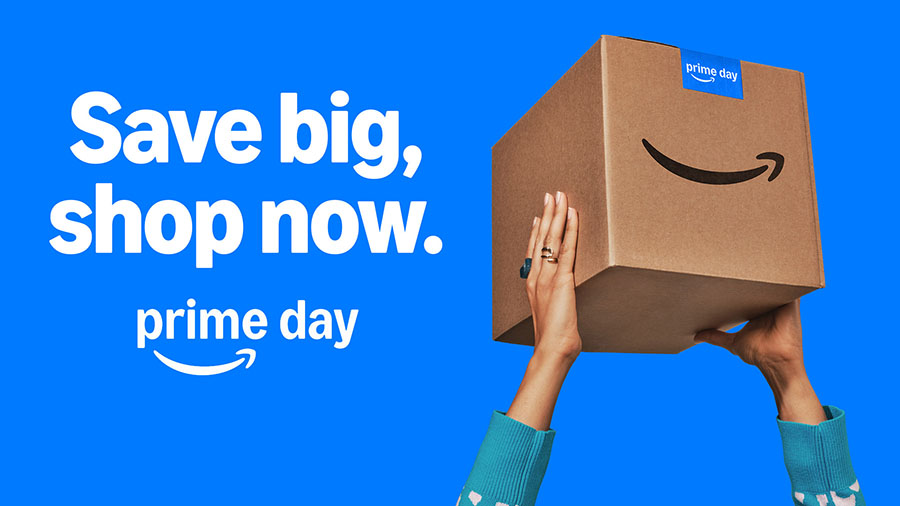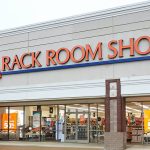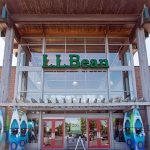Amazon’s four-day Prime Day event, running from July 8 to 11, is expected to drive online spending across U.S. retailers to $23.8 billion, representing 28.4 percent year-over-year (YoY) growth, according to data from Adobe Analytics.
In a blog entry, Vivek Pandya, manager of Adobe Digital Insights (ADI), noted that total spending is equivalent to two Black Fridays, which drove $10.8 billion in online spend during the 2024 holiday shopping season.
“U.S. retailers are expected to drive record spend online, with strong discounts across major categories,” said Pandya. “Budget-conscious consumers are adjusting how they shop as well, leveraging generative AI to find deals and getting a head start on back-to-school shopping.”
Adobe’s report provides a comprehensive view into U.S. e-commerce by analyzing direct transactions online, covering over 1 trillion visits to U.S. retail sites, 100 million SKUs and 18 product categories. Beyond the Amazon platform, it also includes sales from Walmart, Target, Best Buy, and other retailers that also run promotions around the event.
The growth partly reflects Amazon’s move this year to extend the sales event to four days from its traditional two days. Sales totaled $14.2 billion over the two-day event in 2024.
Discounts Tapping Historical Levels
Discounts are expected to remain at historically high levels, comparable to the major deals consumers saw last year during Amazon’s Prime Day event, according to Adobe. Overall, discounts across U.S. retailers will be in the range of 10 percent to 24 percent (off list price). Across categories, Adobe expects apparel to have the biggest deals at 24 percent (vs. 20 percent last year). Other categories with significant discounts will include electronics at 22 percent (vs. 23 percent), televisions at 17 percent (vs. 16 percent), appliances at 16 percent (vs. 14 percent), toys at 15 percent (vs. 15 percent), furniture at 14 percent (vs. 16 percent), computers at 12 percent (vs. 11 percent), and sporting goods at 10 percent (vs. 11 percent).
Adobe forecasts consumers to “trade up” to higher-ticket items, driven by steep discounts. The share of the most expensive goods is expected to increase by 18 percent compared to average levels year-to-date. In categories including electronics, the share of the most expensive goods is likely to rise by 52 percent. The trend holds across sporting goods (up 32 percent), appliances (up 29 percent), furniture (up 28 percent), toys (up 18 percent), personal care (up 15 percent), and apparel (up 9 percent).
Categories with a drop include home and garden (down 4 percent) and grocery (down 6 percent), as consumers embrace lower-priced products.
Consumers Get Head Start On Back-To-School Shopping
From K-12 to higher education, shopping for back-to-school essentials is expected to take place ahead of the start of this year’s school season, which generally begins in mid-August to early September. Adobe expects a boost in online sales for backpacks and lunchboxes (up 225 percent compared to the daily average in June 2025), kids’ apparel (up 200 percent), and general school/office supplies (up 180 percent). The firm also forecasts strong growth in twin/full mattresses and toppers (up 55 percent), bedroom/bathroom linens (up 49 percent), microwaves (up 75 percent), headphones and speakers (up 150 percent), and computers (up 140 percent) — essentials for most college students.
Outside of back-to-school shopping, Adobe sees strong growth during the Amazon Prime Day sale in home security products (up 200 percent compared to the daily average in June 2025), along with e-readers (up 180 percent), televisions (up 150 percent), luggage (up 130 percent), streaming devices (up 135 percent), vacuums (up 130 percent), small kitchen appliances (up 95 percent), smartphones (up 90 percent), smart home items (up 80 percent), and books (up 65 percent).
Generative AI Embraced as Shopping Assistant
A new trend this year is around generative AI-powered chat services and browsers. During Amazon’s Prime Day event, Adobe expects traffic from generative AI sources to increase by 3,200 percent YoY. And while AI-driven traffic remains modest compared to other channels, such as paid search or email, the growth indicates the value consumers place on leveraging AI to find information on deals and product details quickly.
During the 2024 holiday shopping season, Adobe observed the first significant surge in generative AI traffic to U.S. retail sites, as measured by shoppers clicking on links. Between November 1 and December 31, 2024, traffic from generative AI sources increased by 1,300 percent compared to the prior year.
In a recent Adobe survey of 5,000 U.S. consumers, the shopping tasks respondents said they used generative AI for included conducting research (55 percent of respondents), receiving product recommendations (47 percent), seeking deals (43 percent), getting present ideas (35 percent), finding unique products (35 percent) and creating shopping lists (33 percent). Of those who have used AI for shopping, 92 percent reported that it enhanced their experience, with 87 percent stating they are more likely to use AI for larger or more complex purchases.
Additional Adobe insights
- Shopping on mobile devices is expected to reach an all-time high, accounting for 55 percent of online sales (compared to desktop shopping) and generating $12.5 billion. Adobe stated that this continues to be a growth driver for U.S. retailers, with more impulse shopping occurring on mobile devices.
- Buy Now Pay Later (BNPL) usage is expected to see a slight uptick, as budget-conscious consumers seek greater flexibility in managing their spend. During Amazon’s Prime Day event, Adobe expects BNPL to drive between $1.8 billion and $1.9 billion of overall online spend, representing an 8 percent share, up from 7.6 percent last year.
- Across major marketing channels, paid search will remain the top driver of retail sales during the Prime Day event, with its expected share of revenue around 28 percent, up by 1 percent to 3 percent YoY. In affiliates and partners, which include social media influencers, shares of revenue are set to come in at 19.9 percent, but growth has been more substantial, up 16 percent YoY. Adobe’s data also shows that influencers plan to convert shoppers (individuals purchasing after seeing influencer content) 10 times more than social media overall.
- Strong spending during the Prime Day event will be driven by net-new demand, rather than higher prices. The Adobe Digital Price Index, which tracks online prices across 18 product categories, shows that e-commerce prices have fallen for 33 months, down 2.01 percent YoY in May 2025. Adobe’s numbers are not adjusted for inflation, but if online inflation were factored in, there would be higher growth in topline consumer spend.
Image courtesy Amazon
















